"No Gatekeeping..." #14
It's time to be a pretentious runner, who rocks sneakerinaa, and wears 2025 golf fashion...
APR 28, 2025
The new wave of "pretentious" running brands is creating deliberate scarcity.
The East now inspires the fashion timing of the West…
Golf x fashion collaborations reveal a shift in tasemaking
What links them?
The strategic realignment of influence, identity, and exclusivity in industries undergoing transformation
The Cultivated Exclusivity of Modern Running Brands: Pretension as Strategy
"Welcome to the era of pretentious running brands," declares Tatum Brandt in a viral social post, addressing a significant shift in athletic wear. While major sports brands reported a revenue drop last quarter, a new wave of independent running brands is thriving by deliberately making themselves less accessible.
From Bandit Running's limited artistic apparel drops to Satisfy's $300 shorts, these brands are positioning themselves as the anti-Nike. Rather than the democratic "Just Do It" ethos, they're adopting what Brandt calls a "you can't sit with us" approach—turning running gear into something closer to haute couture than traditional sportswear. With high-design aesthetics, editorial-quality creative, and intentionally limited drops, these brands create scarcity in a category previously defined by mass accessibility.
Why This Matters:
What fascinates me isn't the price tags but how these brands deliberately create subcultures rather than mass markets. They're using exclusivity as a strategy, building cult communities where running becomes a physical activity and an aesthetic identity. In Brandt's words, they're creating something "Gorpcore gone luxury" – outdoor performance wear styled like streetwear, with collaborations with luxury houses like Loewe.
Over the past decade, athletic wear has rapidly evolved from pure function to fashion statements. I'm struck by how these brands essentially import luxury marketing strategies into performance categories. They're selling narrative and identity first, performance second—a complete inversion of the traditional athletic wear proposition. And it's working precisely because running has evolved from a solitary fitness activity to a social, aesthetic practice where the brand you wear signals your membership in a particular tribe.
Sources: Tatum Brandt Instagram, April 2025
Asia: The Next Sole Superpower
As the fashion world looks east for its next wave of inspiration, Asia is not just influencing trends — it's designing them. For Spring 2025, two contrasting silhouettes have captured global imagination: the "sneakerina" (a ballet flat-sneaker hybrid) and the cartoonishly chunky platform shoe. Both represent Asia's growing footprint on global footwear design.
The sneakerina fuses the grace of ballet flats with the performance edge of trainers. Asia leads from designers like Kiko Kostadinov for Marc Jacobs and Chinese American designer Sandy Liang's Salomon partnership to LA-based JW Pei (founded by mainland China's Yang Pei and Hong Kong's Stephanie Li). Lucila Saldana, Footwear Strategist at WGSN, says, "It's a style that is already proving popular, particularly in Japan and South Korea."
Meanwhile, chunky platforms with exaggerated soles – transferring ultra-oversized styles from Tokyo's 1990s streets – are enjoying a renaissance through collaborations like Chinese label 8on8 with Japanese brand Grounds.
Why This Matters:
This story reveals a fundamental power shift in who determines what's fashionable globally. These aren't just trendy shoes but artefacts of cultural influence moving eastward. When K-pop megastars like Blackpink's Rosé and Jennie can popularise entire footwear categories, we're witnessing a cultural authority once dominated by Western celebrities now being shared globally.
As culture writer J'Nae Phillips notes, "The way Gen Z in Asia blends streetwear with high fashion and comfort has shaped what we're seeing on international runways and in mainstream brands." I find it particularly telling that Western brands now time their major releases to match Asian market preferences rather than the reverse – a complete inversion of the traditional flow of fashion influence.
Sources: Jing Daily, WGSN, Fashion Tingz Newsletter
2025 Tastemakers Choose Golf: The Battle for Cultural Capital
Golf is experiencing a renaissance among the cultural cognoscenti in 2025, and traditional brands are strategically positioning themselves to capture this wave. FootJoy, the heritage golf shoemaker with over a century of history, has just announced its most significant collaboration yet: a partnership with Aimé Leon Dore, the Queens-born label that has become fashion's ultimate kingmaker.
This pairing is particularly noteworthy as Aimé Leon Dore has increasingly used golf as a central aesthetic in its collections over several seasons. Their approach merges preppy nostalgia with contemporary sensibilities, creating a style that has influenced a generation of fashion enthusiasts. For FootJoy, securing this collaboration represents a careful cultivation of cultural relevance without sacrificing their authentic heritage – a balancing act few legacy brands manage successfully.
Why This Matters:
This partnership reveals the changing dynamics of credibility transfer in fashion and sports. A decade ago, athletic brands would lend credibility to fashion labels.
This approach works because of the mutual credibility both brands bring to the table. FootJoy's unimpeachable golf heritage gives Aimé Leon Dore an authentic canvas, while ALD's cultural cache helps FootJoy connect with a demographic that might otherwise dismiss traditional golf aesthetics.
In today's fragmented cultural landscape, the most powerful collaborations are those where tradition and taste find genuine common ground, rather than merely colliding for shock value or temporary relevance.
Sources: Hypebeast, Aime Leon Dore
The Thread That Connects It All
These three stories showcase how brands adapt their influence strategies in evolving markets. Rather than pursuing maximum reach, they're creating strategic forms of exclusivity to build deeper connections with specific audiences.
I see this pattern across each example: running brands borrow luxury tactics to create community around $300 shorts; Asian designers move from trend adopters to global tastemakers; and FootJoy partners with Aimé Leon Dore to bridge heritage and contemporary relevance. Each represents a calculated approach to cultural positioning rather than a mass-market play.
What interests me is how these tactics reveal changing definitions of influence itself. Success increasingly comes from speaking authentically to well-defined communities rather than broadcasting to everyone.
As these targeted approaches continue to develop, I wonder what this means for consumer culture. Will our shared reference points continue to fragment, or will new forms of cultural consensus emerge from these more focused strategies?
#CulturalStrategy #TargetedInfluence #BrandEvolution #MarketAdaptation



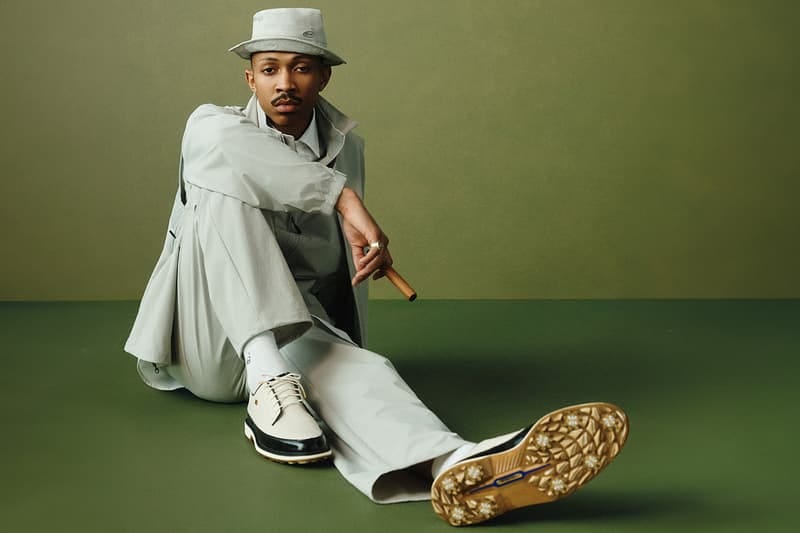
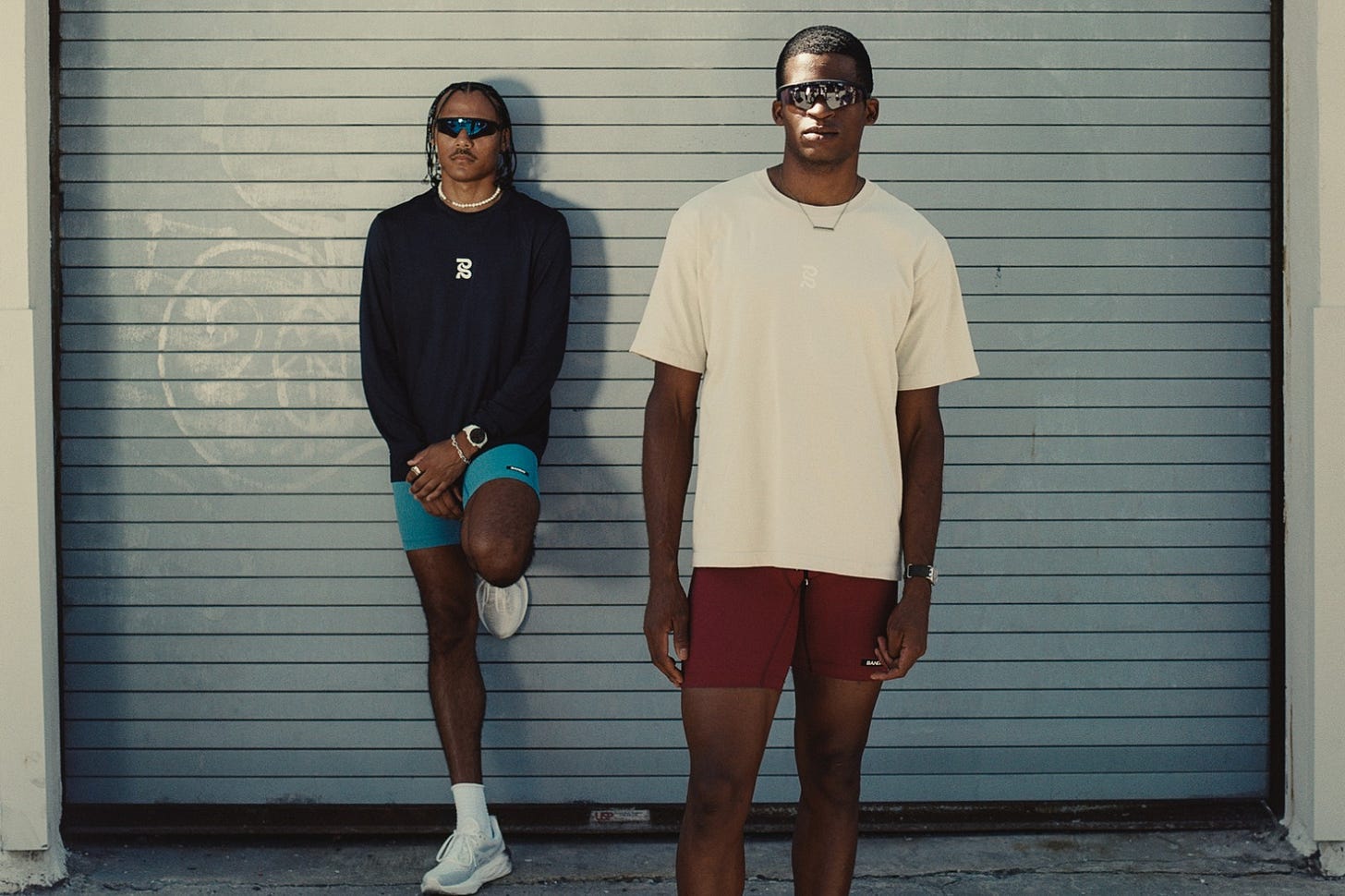

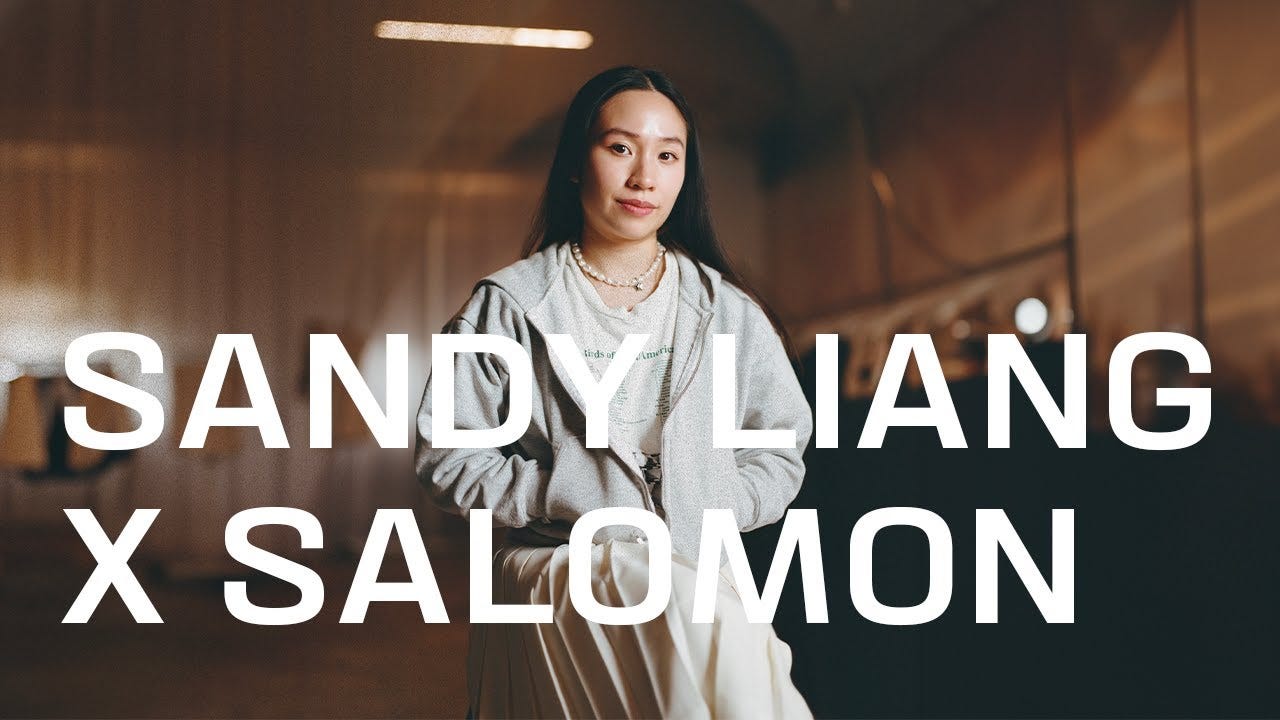
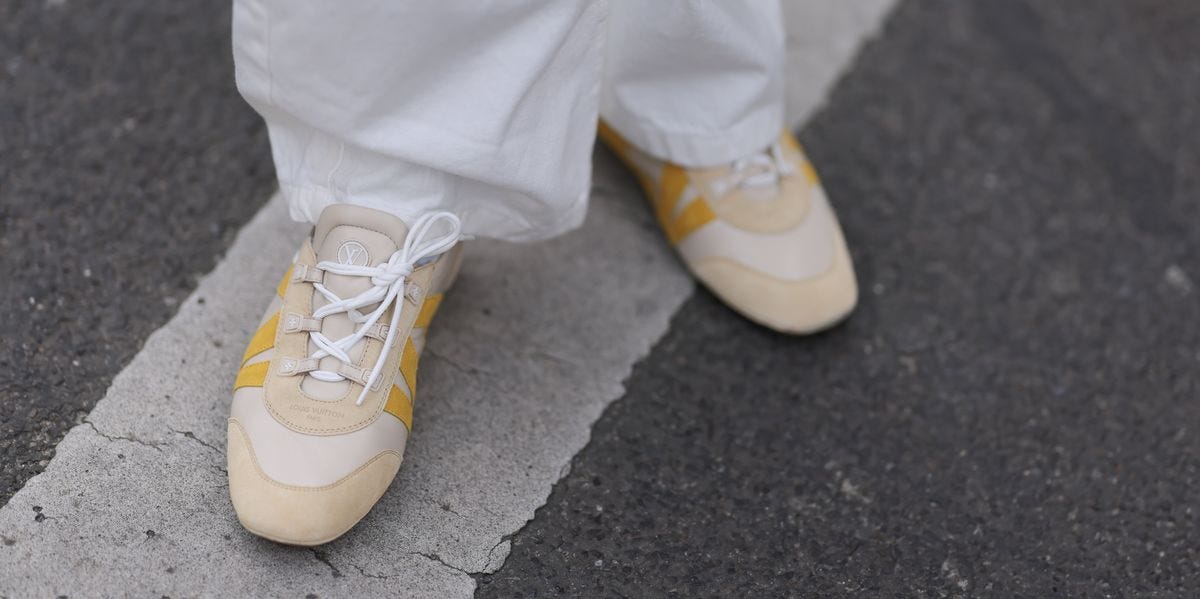
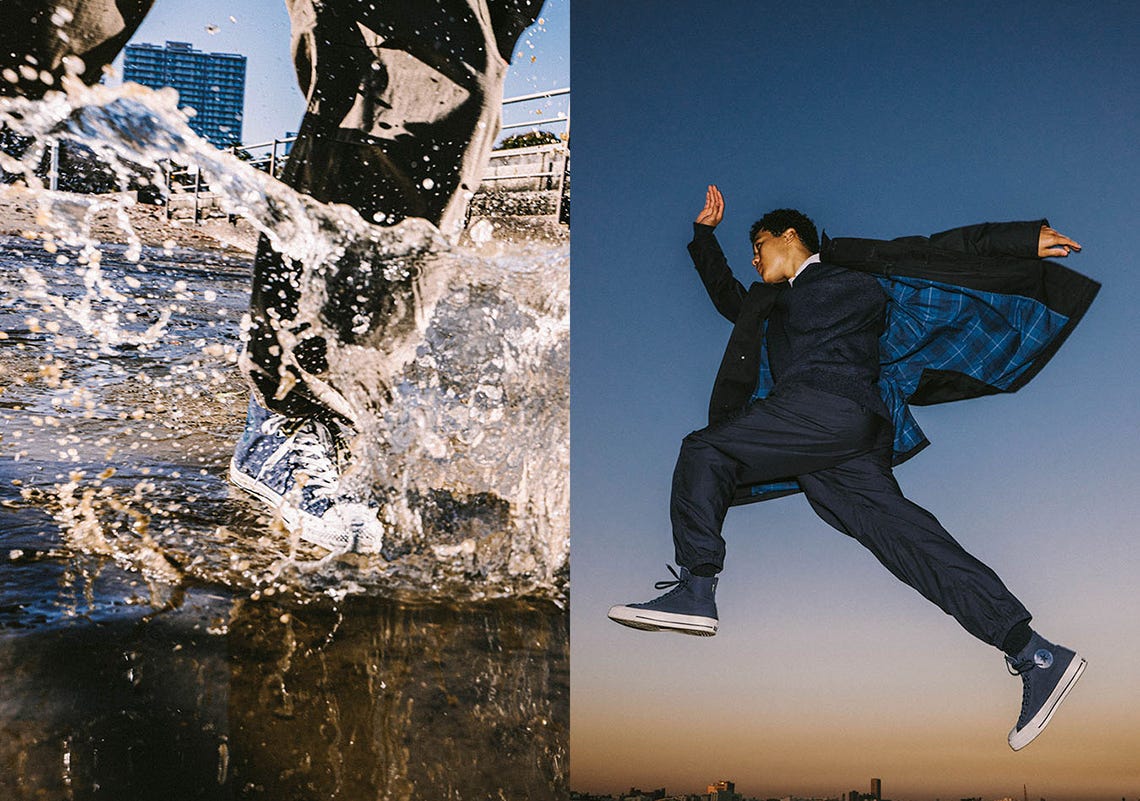
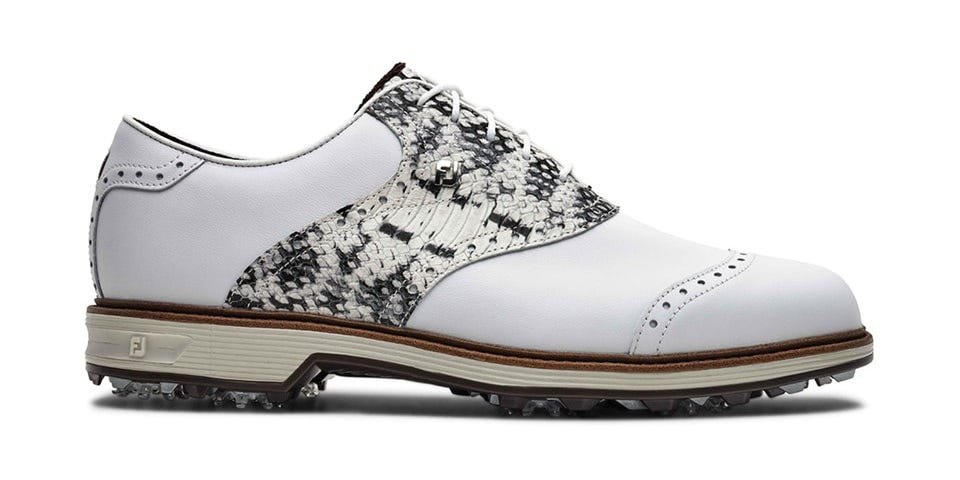



And then some guy in cutoffs and flip flops cranks out 50 miles.